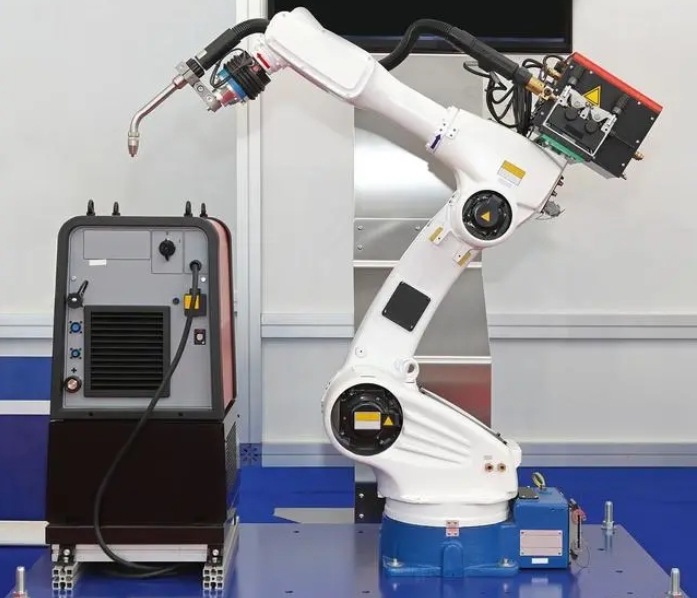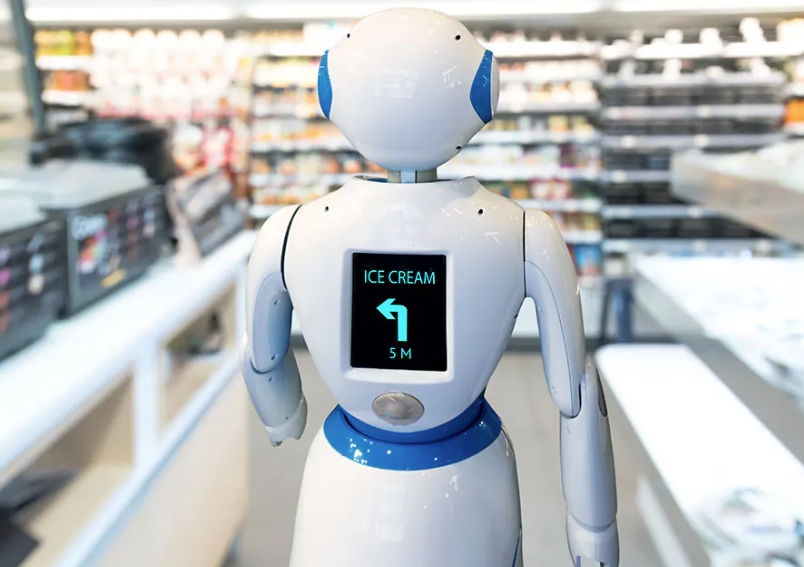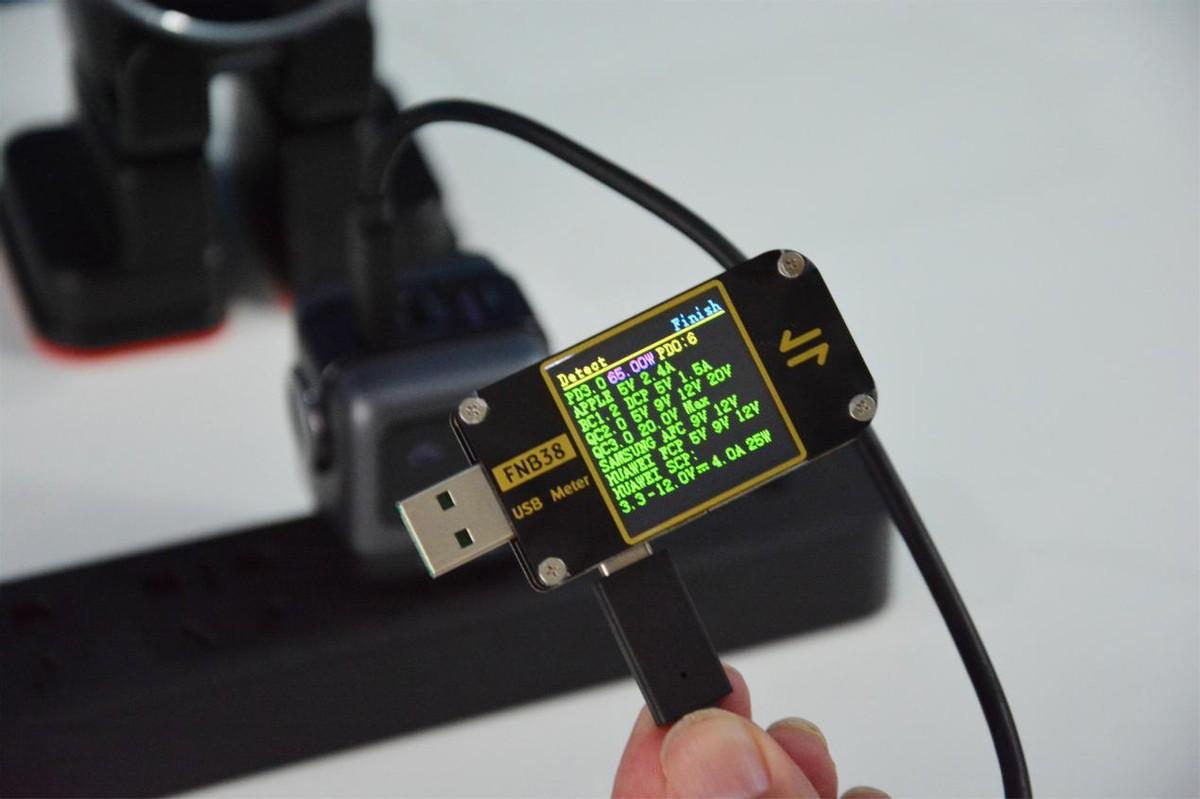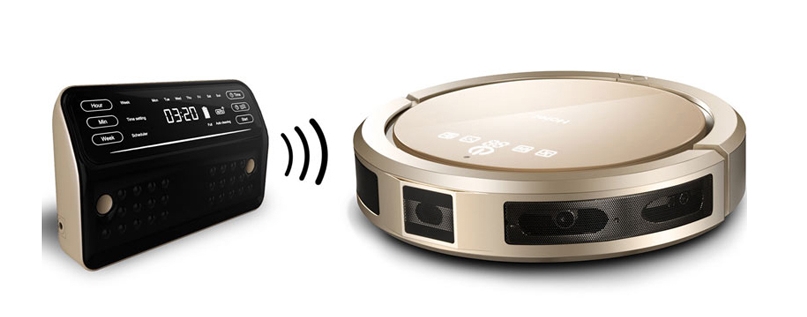



The challenges and difficulties of universality:
There are various types of intelligent robots, and the interfaces and charging requirements of chargers are also different, which poses challenges to the generalization of chargers. Different brands and models of intelligent robot chargers cannot be interchangeable, which limits the user's choice and user experience. Due to the different power and voltage requirements of intelligent robots, the design and manufacturing of chargers also face certain technical challenges.
Possible solutions:
To address the universality issue of intelligent robot chargers, we can consider the following aspects.
●Develop a unified charger interface and standard to enable different brands and models of intelligent robot chargers to charge each other.
●Learn from the popularization model of mobile phone chargers and promote the universality of chargers.
●Improve the battery technology of intelligent robots, reduce the power and voltage requirements of chargers, thereby reducing the complexity and cost of chargers.
The generalization of intelligent robot chargers is a complex and challenging issue, but it has enormous potential and significance. By developing unified interfaces and standards, promoting universal models, and improving battery technology, we have the potential to achieve the universality of intelligent robot chargers, enhance user experience, and promote industry development.
5. Application of wireless charging technology in industrial robots
Wireless charging technology refers to the technology of providing electricity to electronic devices wirelessly. It utilizes the principle of magnetic resonance to transfer electrical energy from the transmitter to the receiver. In recent years, wireless charging technology has been widely applied in consumer electronics products such as smartphones and tablets. With the continuous development of technology, wireless charging technology is gradually being applied in the industrial field, providing new solutions for the endurance of industrial robots. The application of wireless charging technology in industrial robots has the following advantages:
Reduce maintenance costs
Traditional industrial robots require regular battery replacement or cable connection for charging, which not only increases operating costs but also affects production efficiency. By adopting wireless charging technology, industrial robots no longer need to frequently replace batteries or connect cables, thereby reducing maintenance costs.
Improve production efficiency
Wireless charging technology enables industrial robots to continuously obtain electricity while working continuously, thereby improving production efficiency. In addition, wireless charging also avoids faults and damages caused by cable connections, further ensuring the stability and reliability of industrial robots.
Flexible deployment
The flexibility of wireless charging technology provides more options for the deployment of industrial robots. Industrial robots can be deployed anywhere needed without worrying about cable length and layout. This allows the production line to be flexibly adjusted according to actual needs, improving the flexibility of production management.
Energy conservation and environmental protection
Wireless charging technology helps achieve energy conservation and environmental protection. Traditional charging methods require a significant amount of time and electricity, while wireless charging reduces these costs. In addition, reducing the generation of waste batteries also helps to protect the environment and meets the requirements of sustainable development.
In short, wireless charging technology brings infinite possibilities for the endurance of industrial robots. By reducing maintenance costs, improving production efficiency, flexible deployment, and energy conservation and environmental protection, wireless charging technology has injected new vitality into the development of the industrial field. Faced with the development prospects of challenges and opportunities coexisting, we believe that wireless charging technology will make greater breakthroughs and applications in the future, opening a new chapter for the endurance of industrial robots.
The emergence of intelligent robot chargers has provided strong support for the development of robots. Its functions and advantages enable robots to continuously provide services to people and are widely used in various industries. With the increasing demand for intelligent service robots, the development of chargers will also become more rapid.Kinri believes that in the near future, intelligent robot chargers will further enhance the user experience of robots, bringing more convenience and comfort to people's lives.
Kinri Energy has over 15 years of experience in the R&D and production of chargers. An experienced development team specializes in designing and developing various robot charger solutions for customers.